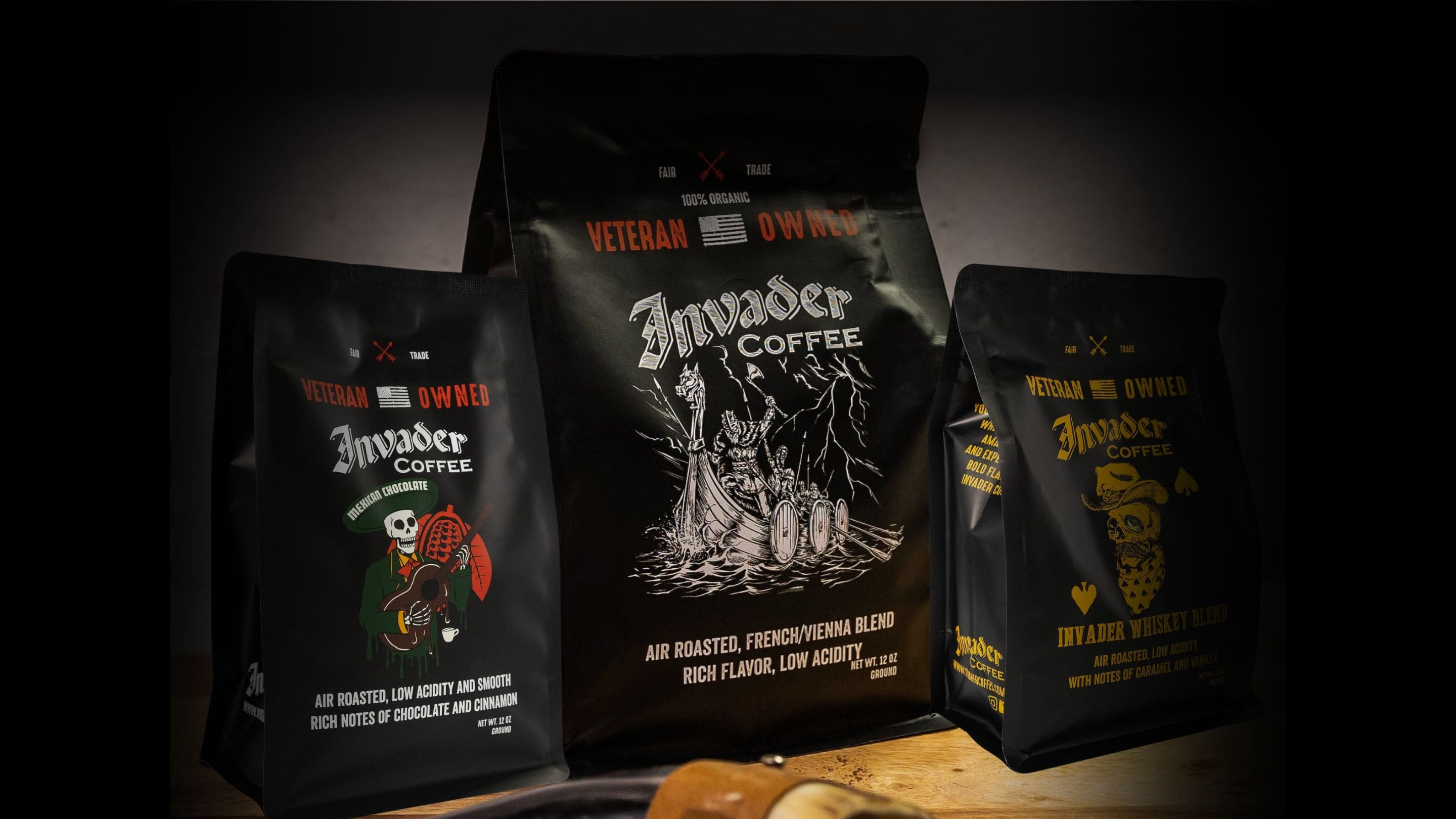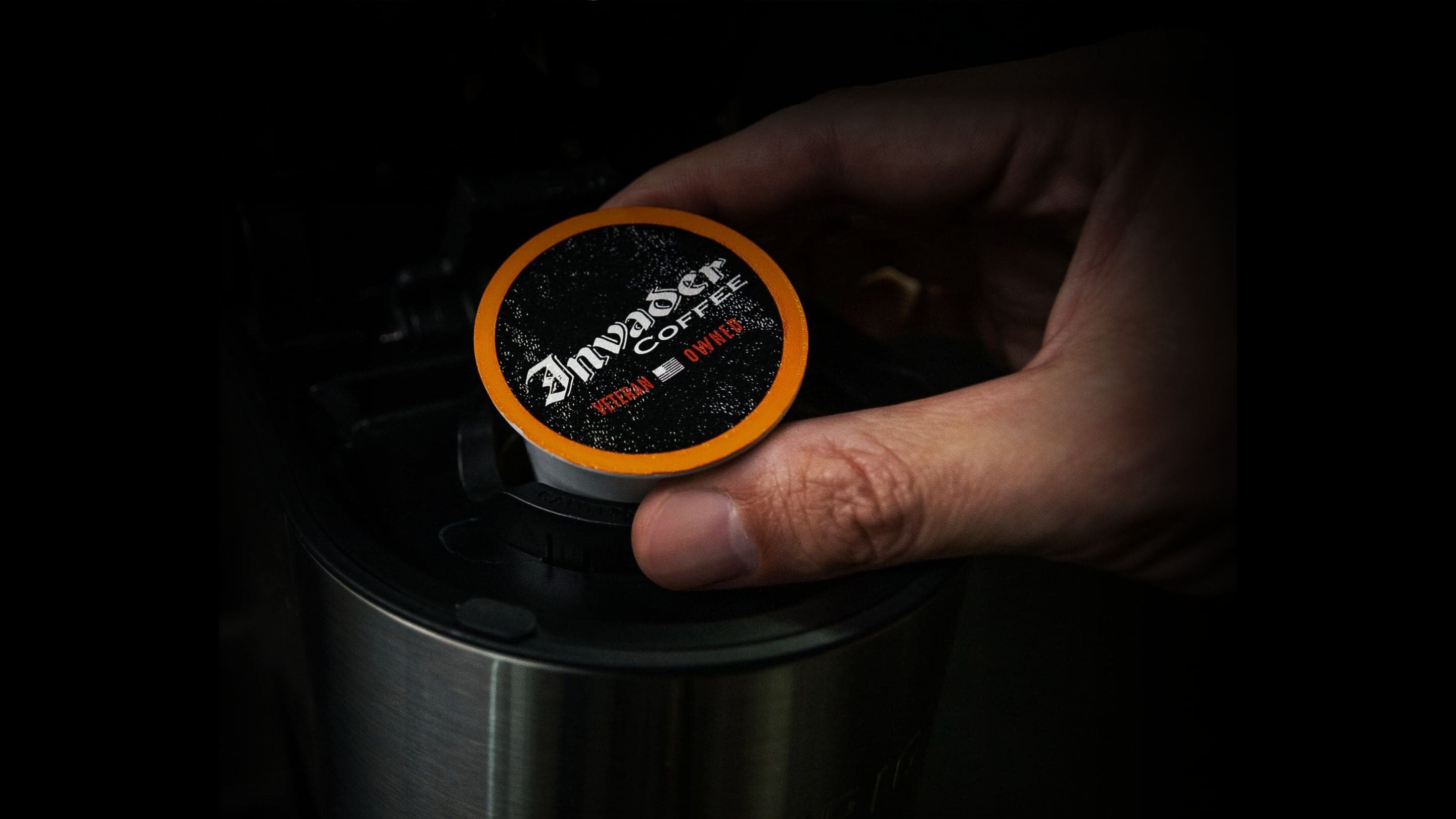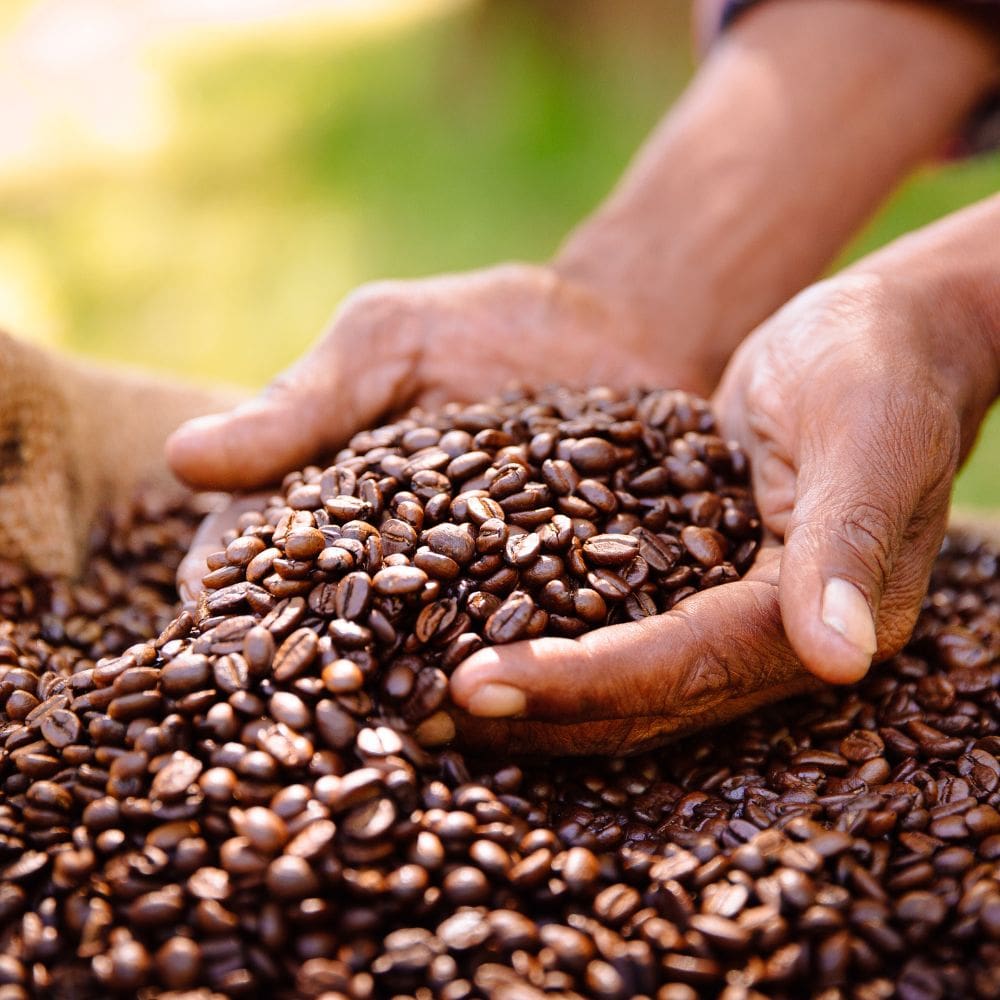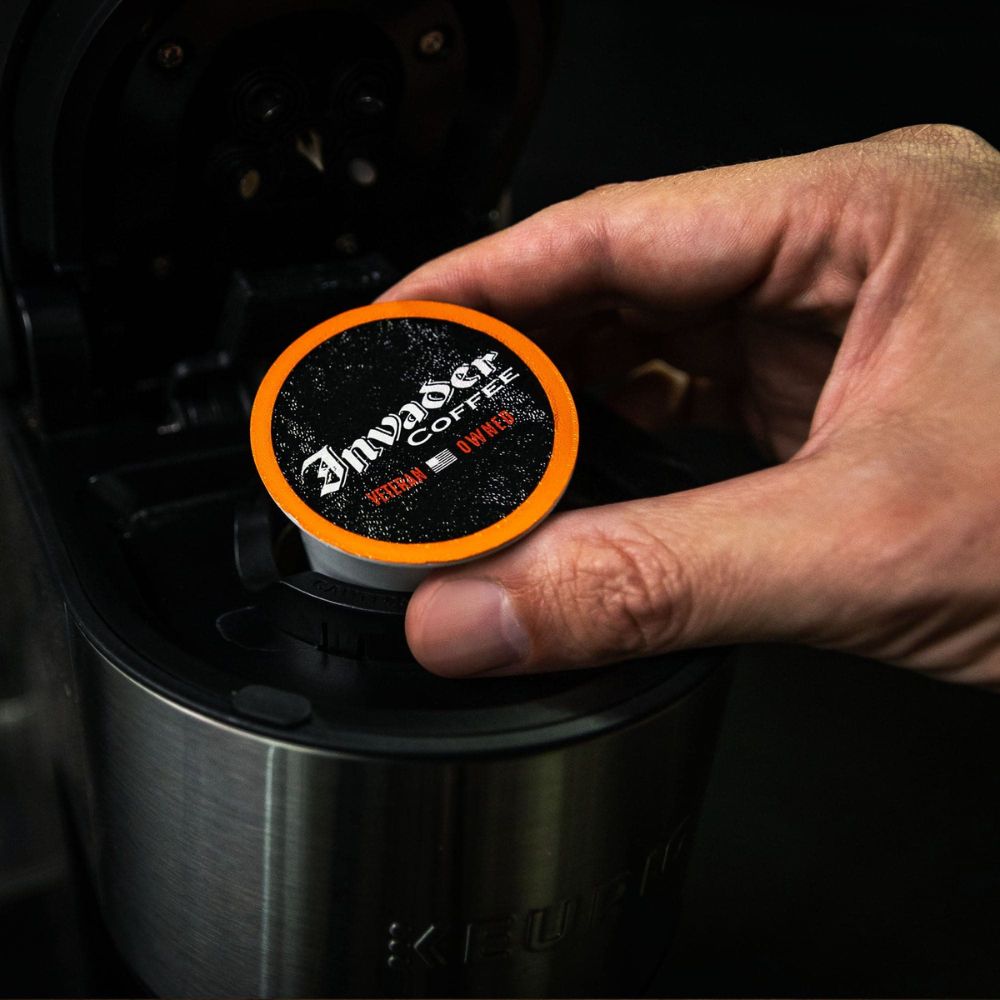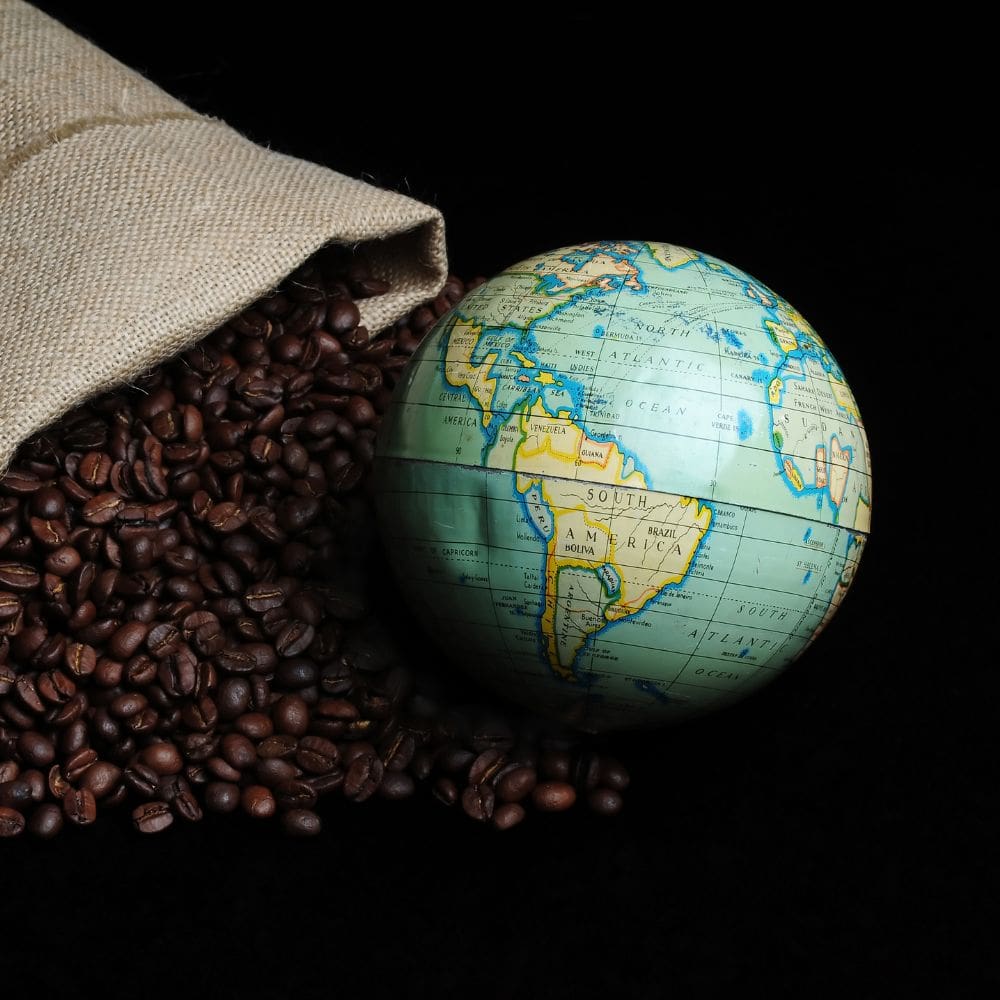We have all wondered at some point what goes into making, or more precisely, roasting coffee. Roasting maximizes the potential of green coffee beans. It makes the beans sufficiently brittle and porous for grinding and brewing. But how is coffee roasted, and what actually happens in the process?
A number of intricate chemical changes take place during roasting that significantly affect the coffee's ultimate flavor. The roast profile is the rate at which the coffee beans move through each step. By making sure the roast profile for each bean is precisely the same every time, roasters work to maintain consistency in the coffee. Really, the only two factors that matter when roasting coffee are temperature and time. It is possible to bring out distinct attributes of the coffee bean that each roaster wants to emphasize by carefully varying these two crucial parameters.
Coffee beans are green in color and smell beany and grassy before roasting. Green coffee beans don't actually smell at all like coffee. We produce 800 to 1000 different fragrance molecules when we roast coffee. These ingredients give coffee its flavor. We can change the presence of these scent components in coffee and the flavor of the coffee by using roast profiling. Here are the stages of roasting–the more you know, right?
Coffee Roasting Stages
Drying Stage: The initial moisture content of the raw coffee bean is between 10 and 12 percent. When the raw bean is first inserted into the coffee roaster, it is typically preheated, and for the first few minutes, nothing seems to be happening. The bean is warming up at this point, and the water within is starting to evaporate. For the initial part, a lot of energy is required. As a general rule, the drying stage should take up between 35% and 45% of the total roasting time. If the drying process proceeds too quickly, the beans will get uneven amounts of heat, increasing the possibility of internal and external burning.
Browning Stage: Drying continues even at the browning stage. The Maillard process, which causes browning, begins at the browning stage. Reducing sugars and amino acids undergo the Maillard process, which produces thousands of distinct fragrance and color chemicals called melanoids. The roast naturally slows down at this point, and some roastmasters purposefully do the same to ensure flavor development. The coffee begins to pop at the end of the browning cycle. The development stage begins at this point, which is known as the first crack. In order to properly maximize taste development from the ongoing chemical processes, this phase is normally done slowly and with care.
Development Stage: Coffee beans start to mature and open up. At the development stage, they start to caramelize and release sugars and other chemical substances. We can tell that the bean has started to develop when we see the first crack. Development times will change depending on the roast level we are going at. We normally stop the formation of light roasts after the first crack. Our development period will be a few minutes longer for medium roasts. We usually hold the beans within the drum either before or just after the second crack for espresso and dark roasts.
If you are looking for perfectly roasted coffee in Texas, check out the Invader Coffee website.


